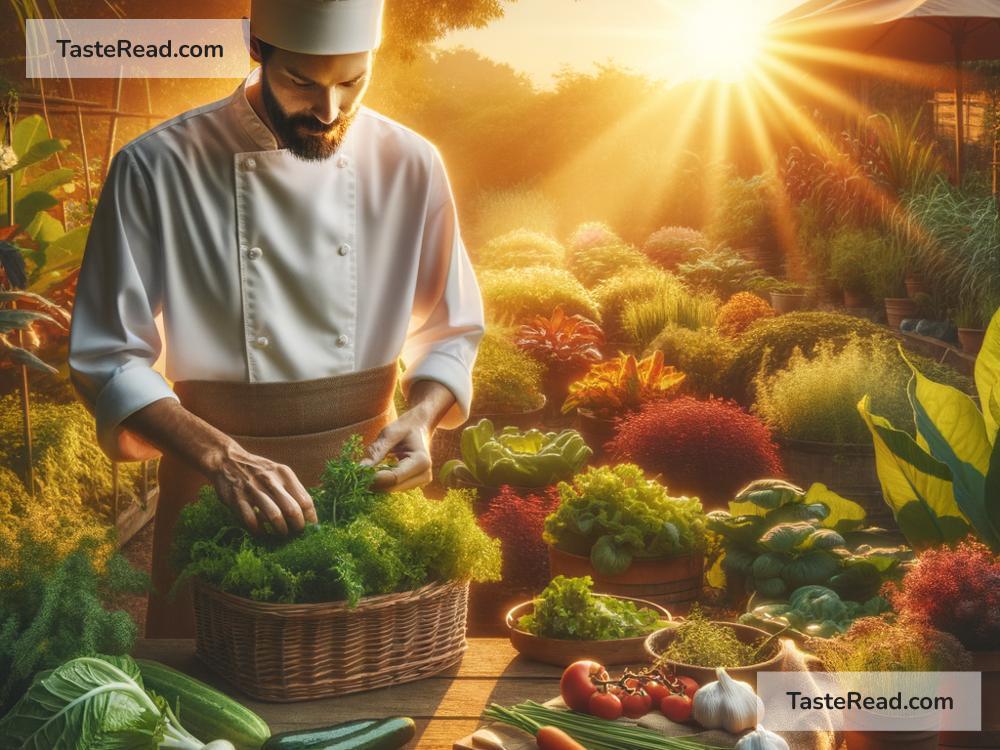Cooking with Crops Grown in Soil Health Systems: A New Way to Savor Nature’s Bounty
As we strive to live healthier, more sustainable lives, the origins of our food—where it comes from and how it’s grown—have come under the spotlight. In this journey, we’ve stumbled upon a goldmine: crops grown in soil health systems. These aren’t just any plants. They’re the result of conscientious farming, where the health of the soil is as important as the health of the crops it nurtures. This blog post explores the delightful and nutritious world of cooking with these special crops.
What are Soil Health Systems?
Before diving into the cooking part, let’s quickly understand what we mean by soil health systems. Simply put, these are farming practices focused on maintaining and improving the health of the soil. The methods include crop rotation, cover cropping, minimal tillage, and organic fertilizing. Healthy soil leads to stronger plants, which can mean tastier, more nutritious crops for us.
The Flavor Factor
When it comes to cooking, flavor is king. Crops grown in enriched soils have an earthy, robust flavor that is often missing in their conventionally grown counterparts. This doesn’t just apply to vegetables; fruits, herbs, and even grains can have their flavors amplified. Imagine the difference between a tomato that’s waterlogged and bland and one that’s juicy, tangy, and sweet. That’s the kind of contrast we’re talking about.
Nutritional Boost
Crops grown in soil health systems don’t just taste better; they are better for you. Healthy soils are teeming with life and nutrients, which the plants absorb as they grow. These nutrients then make their way into the fruits, vegetables, and grains, making them more nutrient-dense. For example, a carrot grown in healthy soil may have more beta-carotene, while a leaf of spinach could boast higher levels of iron and magnesium.
Sustainable Satisfaction
Cooking with crops from soil health systems isn’t just a choice for better flavor and nutrition; it’s a vote for a sustainable future. By supporting these farming practices, we help reduce soil erosion, cut down on water usage, and decrease the need for chemical fertilizers and pesticides. Each meal becomes an act of conservation, helping preserve our planet’s resources for future generations.
Cooking With These Crops
Now, how do you harness these benefits in your kitchen? The key is simplicity. Let the natural flavors of these high-quality ingredients shine through. Here are a few tips:
-
Salads: Fresh greens, crisp cucumbers, and juicy tomatoes grown from healthy soils need little more than a drizzle of olive oil and a squeeze of lemon. The natural flavors will make such a simple salad a gourmet experience.
-
Roasted Vegetables: Root vegetables like carrots, beets, and potatoes transform into caramelized delights when roasted. Their inherent sweetness and earthiness are amplified, making them a hearty and healthy side dish.
-
Soups and Stews: The depth of flavor in crops from healthy soils can turn a simple soup or stew into a complex and rich meal. You’ll find you need fewer seasonings to achieve a delicious result.
-
Grains and Legumes: When it comes to grains and legumes, those grown in enriched soils often cook up to be more flavorful and have a better texture. They’re perfect for hearty, nourishing bowls, salads, or as a simple side.
Where to Find These Crops?
You might be wondering how to get your hands on these superior ingredients. Farmer’s markets, community-supported agriculture (CSA) programs, and even some supermarkets are starting to stock produce from soil health-conscious farms. Look for labels that note organic or regenerative farming practices, or simply ask the seller about their growing methods.
Conclusion
Cooking with crops grown in soil health systems is an enriching experience that pays dividends not only in taste and health but also in environmental sustainability. By choosing these ingredients, we’re not just making a meal; we’re making a statement about the kind of world we want to live in and leave for future generations. So next time you’re planning a meal, consider starting from the ground up—literally. The richness of the earth can bring a whole new dimension to your cooking, transforming simple dishes into vibrant celebrations of nature’s bounty.


